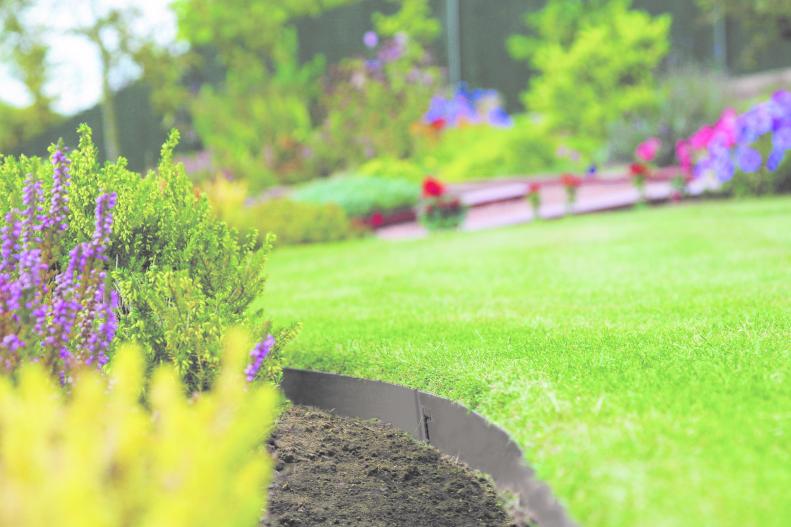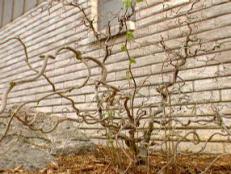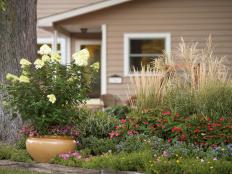1 / 20
Photo: EverEdge.com, available at KinsmanGarden.com
Give Beds An Edge
Keeping lawn edges neat along planting beds, paths and driveways doesn't have to be a time-consuming nightmare. With proper lawn edging, you can elevate the look of your yard by defining its border lines. Edging also makes flower beds look professional and polished. Lawn edging comes in a variety of materials and at a range of price points. Flexible steel edging (shown here) scores as a top-of-the-line treatment that boasts durability and good looks. It's maintenance-free, and you can mow over it without damage.
Read on for more garden edging ideas.












